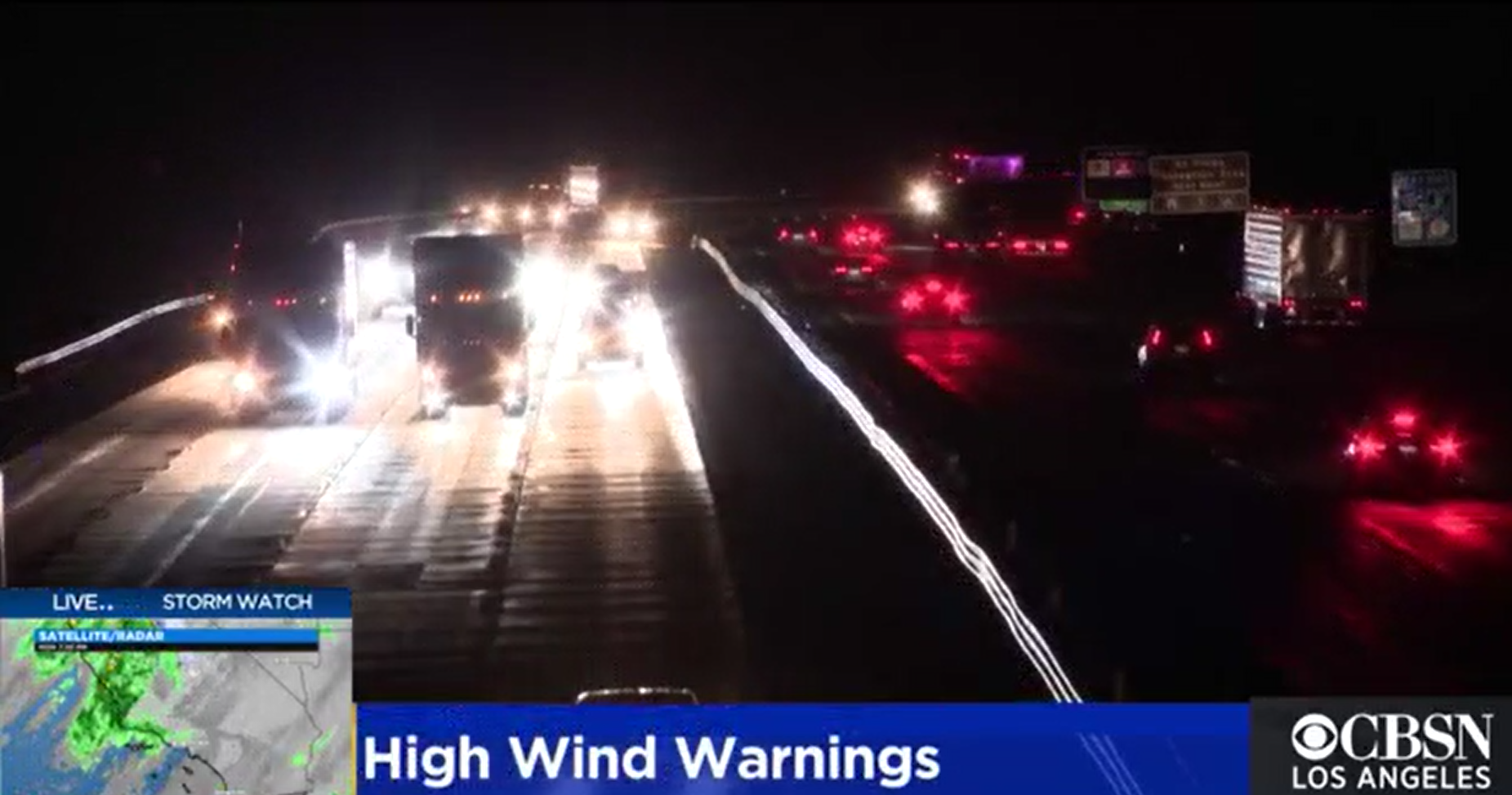How will COVID-19 change our lives? On this audio interview with an architect and structure professor, we study the probably aftermath of the pandemic on dwelling, driving and extra in Los Angeles.
Copy:
What is going to dwelling appear like in a world after COVID-19? That is Steve Cimino of USC Information, and I am right here as we speak with John Dutton, Affiliate Professor on the USC College of Structure. John, what do you count on concerning the condo in response to the pandemic? I assume we’ll see loads of concentrate on “wholesome designs”.
Actually. And I believe there may also be elementary adjustments, nearly infrastructural adjustments, in the best way we dwell and work, due to COVID and due to the best way we work from home.
I believe it is a issue of three issues. It is a issue of COVID and the best way we work. I believe it is a consider the way you wish to dwell and rediscovering a number of the methods we used to dwell in Los Angeles. And I believe we will not neglect that we’re actually very understaffed. There’s a massive housing disaster; We have to construct extra models. The dreaded D-word “density” seems typically. And I believe all of that’s at play in these post-COVID occasions.
John, you talked about density, and I believe that is an attention-grabbing time period right here. I do know that lots of people discuss with “dense” as skyscrapers or tall, tall buildings. However this most likely will not be the world persons are searching for, not less than within the close to future. It must be investigated what this time period means.
Completely. Dense dwellings, tall buildings just like the skyscrapers in downtown LA will at all times be there, and they’re acceptable for the sort of setting. However Los Angeles is at present 75% single-family houses. New York Metropolis, for instance, is 15%. Single-family homes do not make a metropolis.
And between single-family homes and skyscrapers there’s what many name the “lacking middle”. That is an entire bunch of medium density flats that we constructed very superbly and elegantly earlier than the Nineteen Thirties that weren’t constructed for varied causes. However you’re completely proper, there must be a rise in density in comparison with the single-family home, however that doesn’t imply that all of us have skyscrapers behind our home that shade our backyard.
So what does it appear like? You talked about the variations between LA and different cities, particularly New York. LA has the posh of heat climate; You will be exterior extra typically. Will that matter? I do know courtyard flats have been an enormous deal for some time; these massive open areas with flats surrounding them.
I actually hope so. There have been many courtyard flats, particularly within the Nineteen Twenties; The youngsters noticed what was known as a bungalow courtyard, a duplicate of small single-family homes – 600 to 700 sq. ft – however courtyard flats you communicate of have been a sort of house artwork that was fairly elegant. It was closely impressed by the southern Spanish, North African, partly Italian lifestyle – such a Mediterranean type. The local weather there’s just like that right here.
The thought is that there’s a semi-private area between the general public area of the road and the non-public area of the unit. This can be a place the place individuals can loosen up, they’ll see one another, the gaze is on the courtyard, the gaze is on the doorway. There’s a sense of safety, there’s a feeling of figuring out your neighbors, and but you benefit from having your personal home.
John Dutton, Affiliate Affiliate Professor, USC College of Structure (photograph / courtesy USC College of Structure)
It is a fairly dense lifestyle that does not look dense. If you happen to go to West Hollywood or Pasadena these are two locations within the county the place you possibly can see these very elegant sort of courtyard buildings knitted and sewn into the material of our cities. It does not learn as an reverse, four- or five-story wall on the road. Nonetheless, it has a sure density.
One of many essential causes the sort of housing was discontinued was parking. The truth is, with all of the lacking center flats – which you appropriately recognized as courtyard flats, but additionally maisonettes, triplexes, fourplexes, terraced homes, facet courtyard flats – there are an entire vary of kinds of dwelling. In structure we examine typology; It isn’t about type, it is about sort. And there are fairly a number of varieties on this center class that was present in Los Feliz, Silver Lake, West Hollywood, Pasadena, the Miracle Mile north of Wilshire Boulevard, are made up of those two- and three-story kinds of middle-density housing .
And since they’re comparatively small and have courtyards, there’s a repetition, nearly a sort of rhythm alongside the road. So there is no such thing as a nice wall, and since it broke open, it’s on a really human scale. So we have now to alter the park guidelines to make this doable, however the courtyard condo was a vital type of dwelling within the Nineteen Twenties. And I believe in Los Angles, given the climate, it makes excellent sense to return to the sort of lodging. As an possibility, not in every single place, however we simply want choices for various methods of life.
You talked about parking there; Driving, parking, every thing that has to do with a automotive is an effective way of life in Los Angeles. Within the months because the outbreak of COVID, albeit maybe much less in winter, one hears tales about individuals altering their conduct: driving bicycles extra, strolling extra, seemingly refraining from this automotive life. Is there an opportunity of an actual shift in automobiles or will we return to regular after the COVID recedes?
I do not assume we’ll be going again to the way it was for various causes. Considered one of them is that Los Angeles itself is an especially lagging metropolis with regards to the emphasis on multimodal transportation and the emphasis on neighborhood improvement. One of many causes Los Angeles relies upon a lot on the automotive is the best way it has been zoned. From the Nineteen Thirties onwards, the town was divided into single-family homes, condo buildings, companies, workplaces, retailers, trade, and many others. So that you had no selection however to get in your automotive and drive to get a liter of milk or to choose up your baby from college.
A lot of the conventional neighborhoods in America and world wide are extra of a mixture of makes use of the place on a regular basis actions and desires will be reached on foot or by bike. And I consider, and lots of urbanists consider, that we must always be capable of stroll to a retailer, to eating places and cafes and to native colleges, and never be capable of depend on the automotive. And I believe that is occurring throughout Los Angeles for a few causes. We’re nonetheless far behind different cities; Barcelona, for instance, is closing lots of its streets to automobiles to be able to create pedestrian superblocks the place solely pedestrians are on the streets.
I’ve additionally carried out initiatives that turned streets into gardens and walkways. I believe it’ll occur; it is simply getting gradual. And loads of it has to do with zoning and the codes and necessities for parking.
John, thanks very a lot in your time and ideas on design in a post-COVID world; We admire it.
It is my pleasure, Steve, and I hope this dialog goes past each of us.
Extra tales about: Structure, COVID-19, housing














